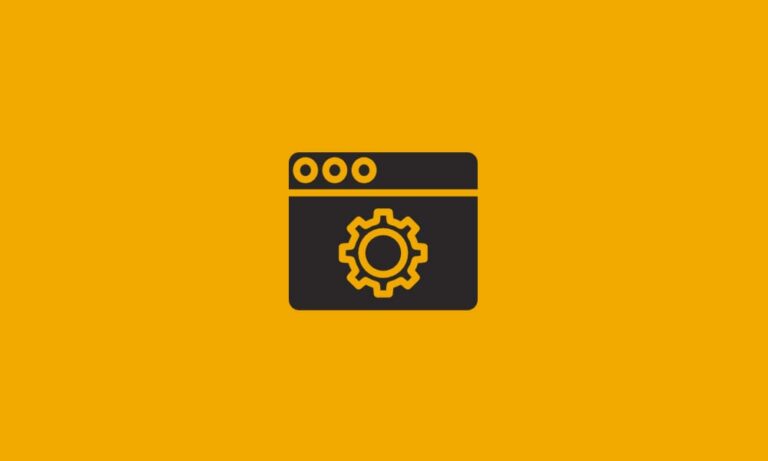Coming off of the rather disappointing results from last week in trying to get a serial connection set up between the Roomba and the Raspberry Pi, we have been able to make loads of progress. Jim made some great headway on getting a hard-line serial tether set up. We were able to successfully tether the Roomba to a laptop as well as a Raspberry Pi and communicate back and forth between them. Right now he is working on getting the circuit into a permanent state so we can start focusing our efforts on getting a working prototype. On Wednesday, we came up with a list of the next couple of goals that we need to reach.
The first and most important goal moving ahead is to figure out where all of our sensors and circuits will be sitting within/on the platform. The solution we came up with was to 3D print a redesigned vacuum tray that will be able to hold the Raspberry Pi, the serial hard-line, and batteries all in one place. Unfortunately, the estimated print time for our tray is slightly over eight hours, so prototyping and experimenting with various designs will be a slow process. However, once we get all of the hardware in a close to finalized place, the software work will go a lot smoother.
One of the last major software hurdles will be getting all of the pieces of the platform to start communicating with each other. Luckily, all this downtime in waiting for parts and having an unreliable tether to the ‘brain’ of the Roomba has given me plenty of time to experiment with the other sensors and parts. I have been able to transfer the IR line reader and DHT22 sensor back onto the Pi with relatively no issues. Right now, the state of the software is that I have everything working, but only by itself. I have a Python script for the IR sensor, a different one for the DHT22, etc.
Next week I’ll be working on combining all of these separate parts while Jim does the same, but on the hardware side of things.


